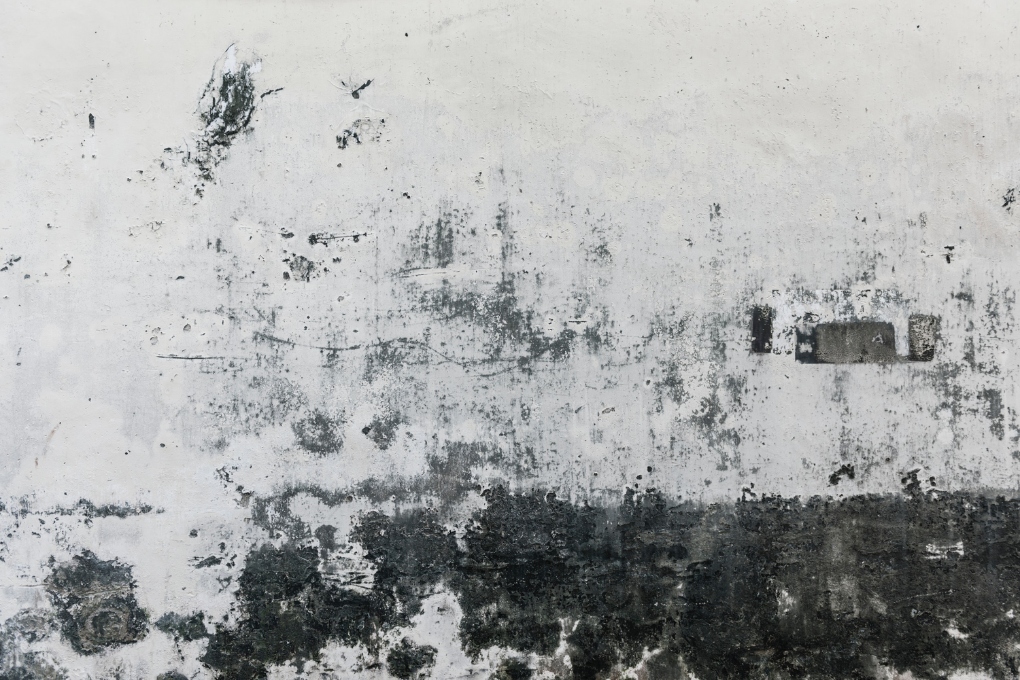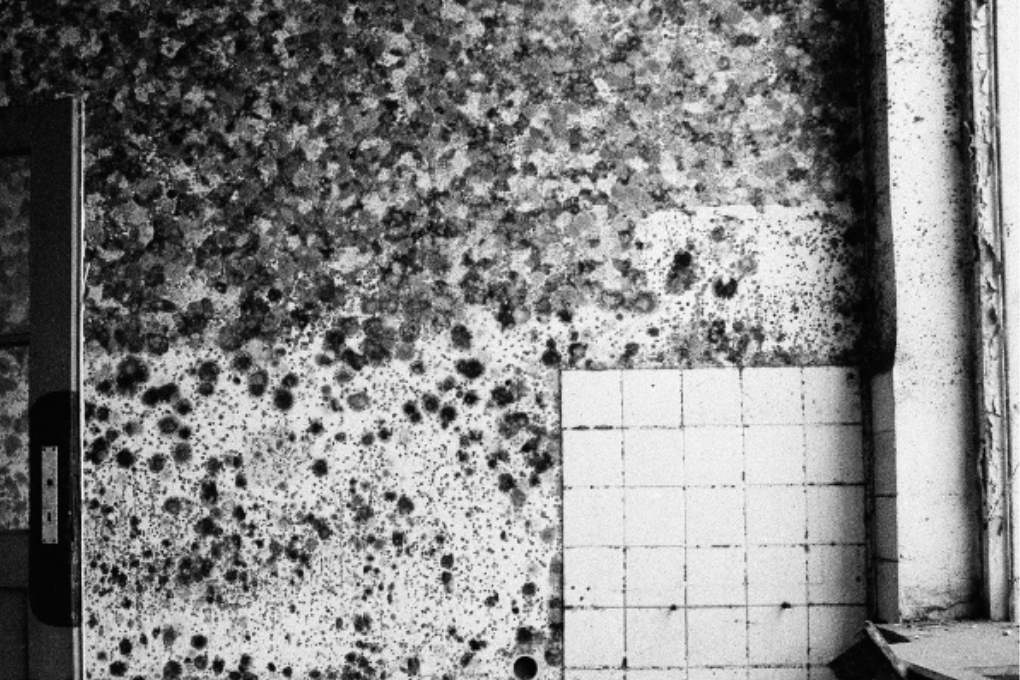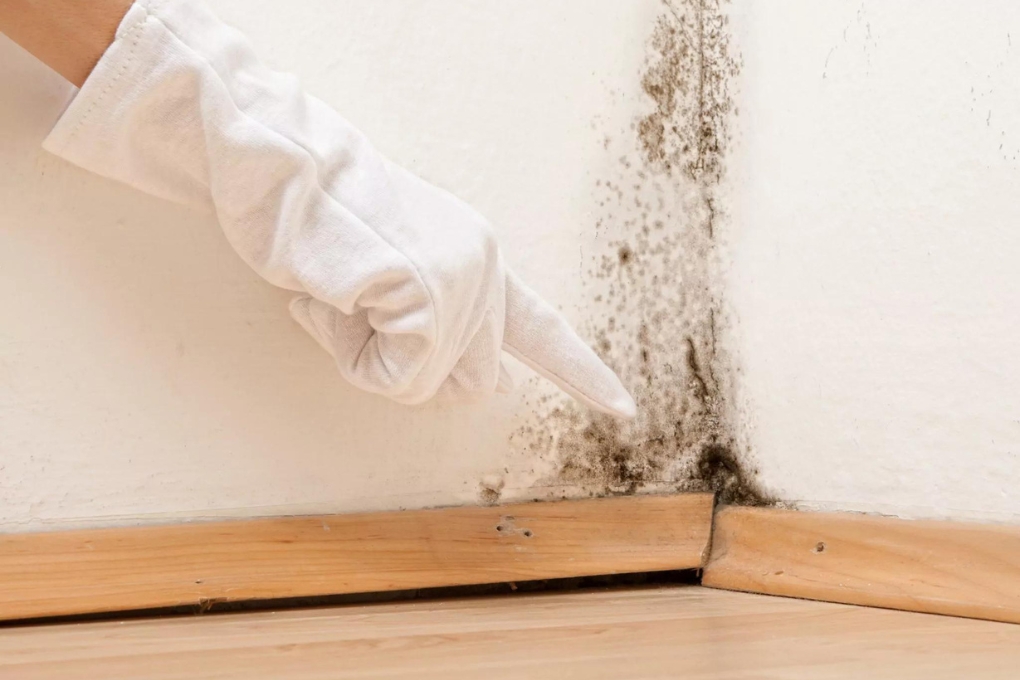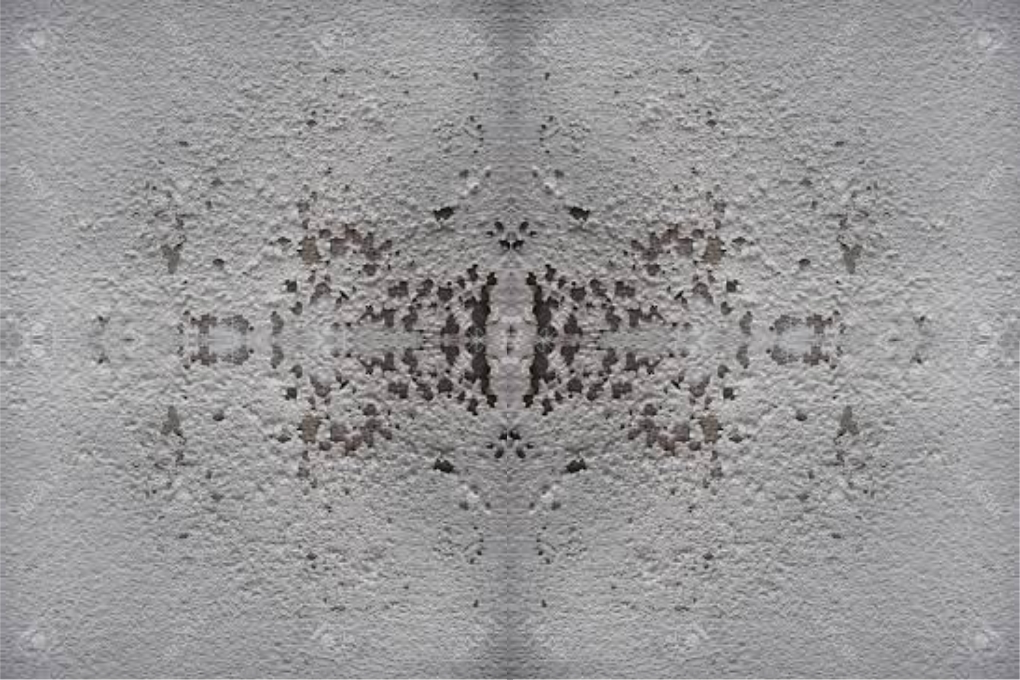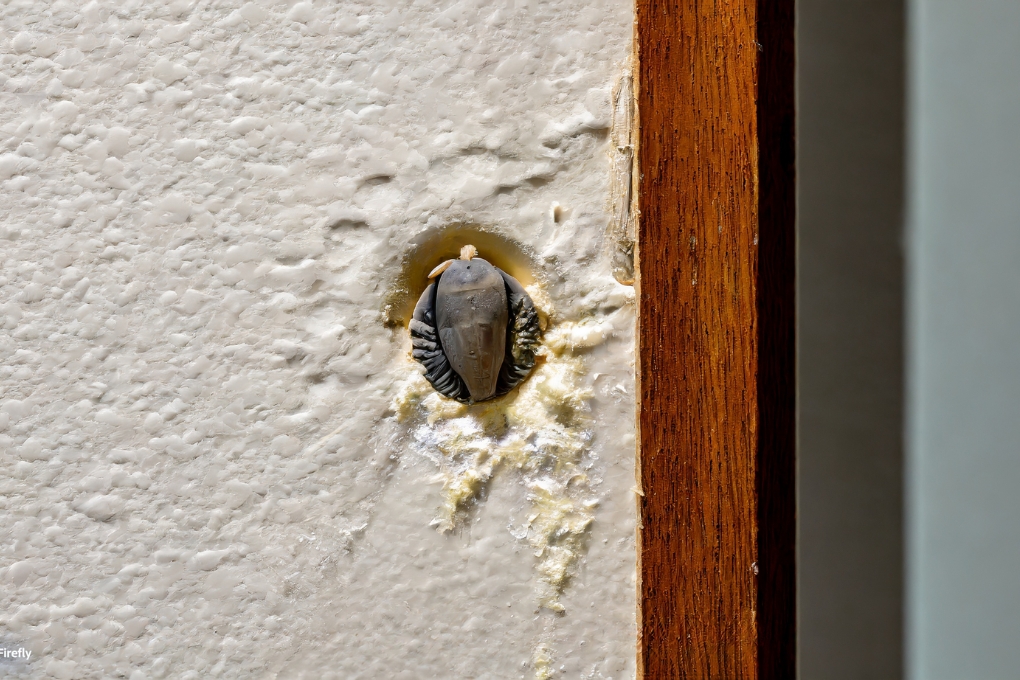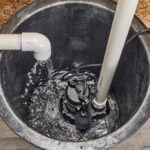Mold mites may indeed be an unfamiliar term for many, overshadowed by the more well-known mold issue. These tiny, prolific creatures have gained attention recently and are similar to the need to deal with other household pests. Mold mites represent a broad category encompassing various species that thrive on fungi, allowing them to multiply rapidly.
According to experts, mold mites can quickly form large populations by feeding on fungi. Therefore, addressing mold mites has become an emerging concern for those dealing with mold-related issues.
What is Mold Mite?
Tyrophagus putrescentiae, commonly referred to as mold mites, are minuscule arachnids that predominantly feed on mold, making it their primary source of sustenance. Scientifically known as Tyrophagus putrescentiae, these tiny, hairy insects have a global presence and they fall under the category of cosmopolitan species.
Their cosmopolitan nature means that they can be found all around the world and thriving in various environments where mold thrives. In cases of mold outbreaks, it’s highly likely that these opportunistic Tyrophagus putrescentiae mites are present, feeding on the mold and contributing to their rapid multiplication. Their occurrence underscores the importance of addressing mold issues and their associated pests comprehensively.
Are Mites Dangerous?
Mold mites might not harm people directly, but they can be trouble for farm animals if they eat moldy food. So, it’s important for both humans and pets to avoid eating food with these mites. To do that, make sure your food is sealed, dry, and stored in a clean place.
Mold mites are also linked to allergies, which could lead to issues like asthma or sinus troubles. Their tiny, spiky hairs can irritate the skin, and they can end up in places like labs, air conditioning systems, storage areas, and even pet food.
The good news is, these mites usually don’t bite, and they don’t spread diseases or harm your stuff. However, the mold they’re after can damage your home’s walls and create health problems for you and your family. So, it’s essential to address mold and moisture issues to keep both your home and your loved ones safe.
Common Signs of Mold Mites
Mold mites, scientifically known as Tyrophagus putrescentiae, are tiny arachnids that are often associated with damp and moldy environments. These minuscule pests, measuring about 0.5 millimeters in length, feed on mold, fungi, and other organic matter. While mold mites themselves are not harmful to humans, their presence is an indicator of underlying mold or moisture issues. Common signs of mold mites in your home or space include:
Visible Mites
The easiest way to know if mold mites are around is by looking for tiny and almost see-through bugs that are usually white. They tend to hang out in places that are damp and have mold. You might spot them in groups, and they often show up on surfaces where mold is growing. So, if you see these little bugs in such areas, it’s a sign that mold mites might be there too.
Mold Growth
Mold mites have a particular taste for mold, so when you see mold in your home, there’s a good chance these mites are not far behind. You’ll often find them right on the surface of the mold, especially in places where it’s really humid. So, if mold is making an appearance, it’s a sign that mold mites might be joining the party, too.
Musty Odor
One significant sign of mold mites is the distinct musty and earthy smell they bring along. This odor is quite similar to the scent of dampness and mold, making it a reliable indicator of their presence. Even if you can’t spot the mites themselves, this distinctive smell can serve as a clear signal that these tiny pests may be around, often congregating where there’s a mold issue. So, if you notice this particular odor, it’s a good idea to investigate for mold and potentially address a mold mite problem as well.
Allergic Reactions
Exposure to mold mites or the allergens they carry can be problematic for certain individuals which lead to allergic reactions. These reactions might manifest as sneezing, relentless itching, a runny or stuffy nose, or even skin rashes. These symptoms are typically indicative of an immune response to the presence of mold mites and their associated allergens. While mold mites themselves aren’t harmful but their potential to trigger allergies underscores the importance of addressing mold and mite infestations.
Moisture Issues
Mold mites thrive in environments that are characterized by high humidity and persistent moisture issues. If you’re contending with recurring problems like excess moisture, water leaks, or insufficient ventilation, you’re essentially creating an ideal habitat for mold mites. These conditions not only encourage mold growth but also attract mold mites that emphasize the importance of addressing and rectifying underlying moisture-related issues to prevent mold mite infestations.
Itching or Skin Irritation
In some cases, people may encounter itching or skin irritation when they come into close contact with mold mites. While these symptoms are not as widespread as other indicators of mold mite presence but they can serve as a personal signal that these tiny arachnids may be around. Such skin discomfort can be a result of direct contact with mites or their microscopic hairs, making it another potential sign to consider when dealing with mold-related issues.
How to Get Rid of Mold Mites?
Getting rid of mites involves a two-step process: eliminating the mites themselves and addressing the underlying mold or moisture issues that attract them. Here’s a step-by-step guide on how to effectively remove and prevent mold mites in your home:
Identify and Eliminate the Source
To effectively deal with mold mites, the initial step is to identify the infested areas in your home. Keep an eye out for the significant signs of these tiny pests, which often manifest as small, white or translucent specks, frequently clustered on surfaces where mold is present. Once you’ve located the problem areas, it’s essential to address the mold growth. Mold mites thrive on mold, so by eliminating their food source, you disrupt their habitat. Depending on the severity of the infestation, you might need to clean or, in more severe cases, completely remove mold-infested materials like drywall, insulation, or carpet. This comprehensive approach not only removes the mites but also takes away the conditions that sustain their presence.
Cleaning and Removal
To effectively eliminate mites, it’s essential to employ a combination of cleaning methods. Begin by using a high-efficiency particulate air (HEPA) vacuum cleaner, which is designed to capture tiny particles. This will help remove both the mites and any loose mold spores from surfaces.
Following the vacuuming, proceed to wipe affected surfaces with a cleaning solution. A mixture of water and a mild detergent can effectively remove any remaining mites and residual mold. Alternatively, an equal parts solution of white vinegar and water can serve as a natural and environmentally friendly cleaning option. This not only cleans the surfaces but can also act as a deterrent for future mite activity. Combining these cleaning methods guarantee a more comprehensive approach to getting rid of mold mites and preventing their return.
Dehumidify and Ventilate
One crucial step in mold mite control is to reduce indoor humidity levels. Mold mites thrive in high humidity environments, so maintaining indoor humidity below 50% is essential. To achieve this, consider using a dehumidifier in your home, particularly in areas prone to excess moisture, such as bathrooms, kitchens, and basements. Proper ventilation is also key, that’s why make sure these areas are well-ventilated to prevent humidity buildup. By managing humidity and providing proper ventilation, you create an environment that is less inviting to mold mites and reduce the conditions that encourage their proliferation.
Seal Leaks and Repair
A critical step in addressing mold mites and preventing their infestation is to conduct a thorough inspection of your home. Look for any signs of leaks or water intrusion, which can contribute to both mold growth and mite infestations. It’s important to address and repair any identified issues, such as plumbing leaks or roof leaks, to eliminate the moisture sources that attract mold mites. By fixing these leaks and sources of water intrusion, you not only address immediate problems but also create a less hospitable environment for both mold and mold mites.
Preventative Measures
To further safeguard your home from mold mite infestations, consider sealing any potential entry points for these pests by using caulk or weatherstripping on cracks and gaps in walls, windows, and doors. Adequate ventilation in high-humidity areas, such as bathrooms and kitchens, is crucial, so installing exhaust fans can help maintain proper airflow and reduce humidity.
Inspect insulation in your home, especially if it has been affected by mold, and consider replacing it. Mold mites can thrive in insulation materials, so removal and replacement may be necessary.
Maintaining cleanliness is another effective strategy; regular cleaning and dusting help prevent the buildup of organic matter, which can attract mold mites. For more severe or persistent infestations, especially when dealing with extensive mite problems, it’s advisable to seek the expertise of pest control professionals or exterminators. They possess the knowledge and specialized tools required to effectively address and eliminate more challenging mold mite issues.
It’s important to remember that while mold mites can be a nuisance, they are not harmful to humans. However, their presence is indicative of underlying mold and moisture issues that can affect indoor air quality and potentially lead to other problems. To effectively get rid of mold mites, it’s essential to eliminate their food source (mold) and create an environment that is inhospitable to their survival. Regular maintenance, cleaning, and humidity control can help prevent future infestations.
When Should you Get Help?
A colony of Tyrophagus putrescentiae, or mold mites, may not always be directly associated with visible mold. While their primary food source is mold, these mites can sometimes establish colonies in areas where mold is not immediately apparent. This means you might spot a mite colony in plain sight, even when the mold colony itself is concealed, possibly behind a wall or hidden within a structure.
If you happen to observe a mite colony spanning a significant area, it’s advisable to seek professional assistance of SS Water Restoration. You can contact SS Water Restoration service line in Aubrey to connect with certified technicians who can provide guidance over the phone and schedule an in-person assessment to better understand and address your specific situation. This approach ensures a comprehensive and effective response to mold mite issues, whether they are associated with visible mold or not.
FAQs
What kills mold mites instantly?
A solution of water and dish soap can kill mold mites on contact. Spray it on the affected area, and the mites will be eliminated.
Do mold mites ever go away?
Mold mites can be eliminated, but their presence will persist if the underlying mold issue remains unresolved. To make mold mites go away, it’s crucial to address and eliminate the mold, reduce moisture, and maintain a clean and well-ventilated environment for preventing their return.
Are mold mites harmful to humans?
Mold mites themselves are not harmful to humans as they don’t bite, carry diseases, or directly cause health issues. However, their presence can be indicative of underlying mold problems that may affect indoor air quality and trigger allergies or asthma in sensitive individuals.
Conclusion
Mold mites are often unnoticed but play a significant role as nature’s tiny decomposers. Their ability to thrive in moldy environments sheds light on the importance of addressing mold and moisture issues in our homes. While these minuscule creatures may not pose a direct threat to humans but their presence can serve as a clear indicator of underlying problems. Taking proactive measures to reduce moisture, seal entry points, and maintain cleanliness can help prevent mold mite infestations. Additionally, addressing these issues promptly is key to ensuring a healthier and more comfortable living space for both humans and pets.



